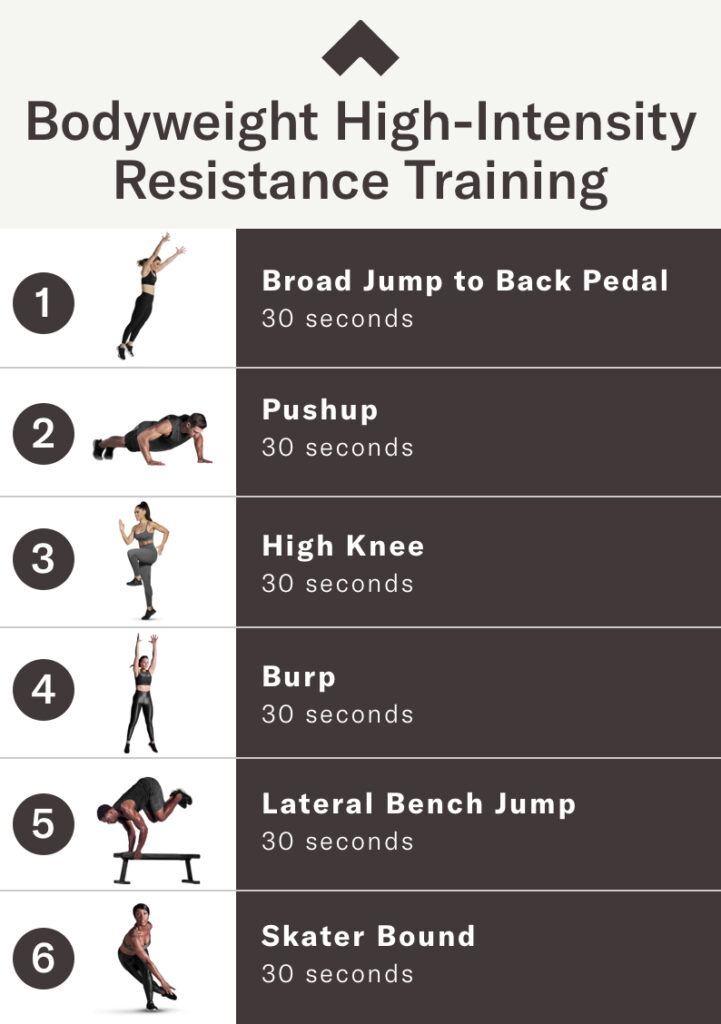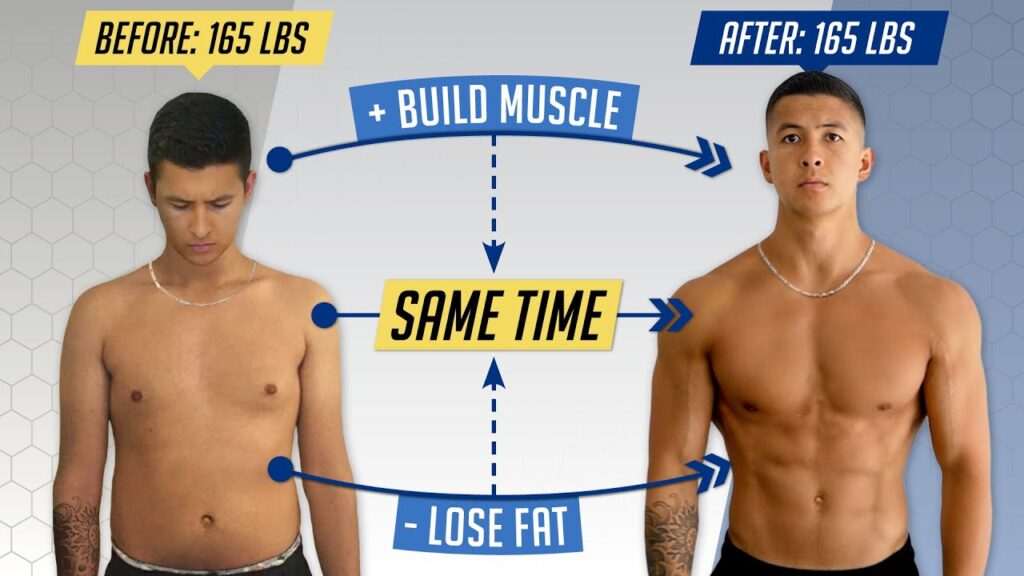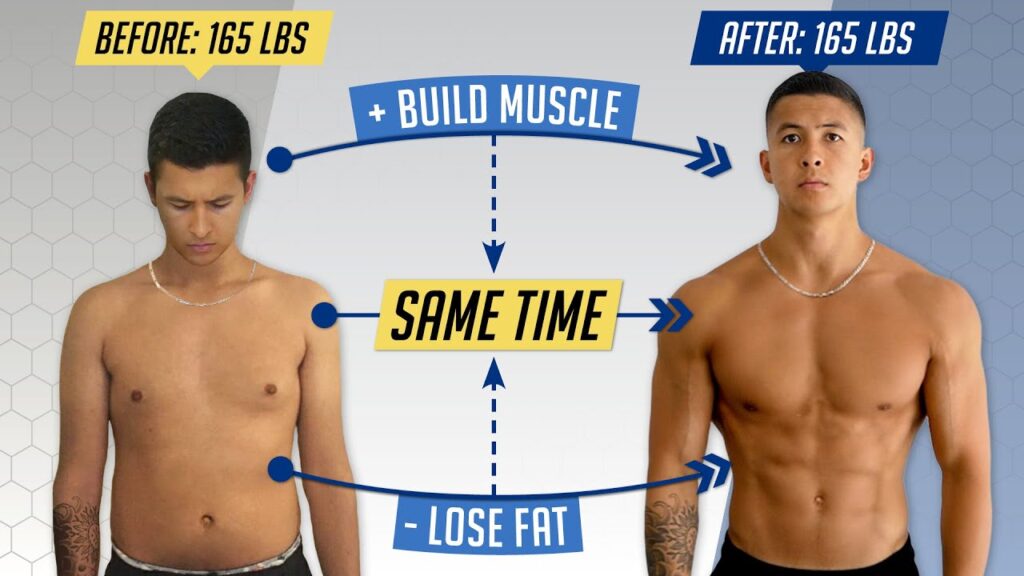Weight loss is simple, but that doesn’t mean it’s easy. At its core, any form of exercise will help you lose weight because movement burns calories. This applies to strength training workouts, brisk walking, and everything in-between.
How Does Walking Impact Weight Loss?

Walking is a form of physical activity, or locomotion. When it comes to maintaining energy balance (how your body uses or stores the energy you provide it from food), there isn’t much of a difference between walking and, say, weight lifting — they both burn calories. How many calories you burn depends on how hard you work in a given period of time, or how long you keep working, or walking, continuously.
What Is Energy Balance?
Energy balance refers to how your body regulates the fuel you provide it from food. If you’re eating as many calories as you burn, you’re at your “calorie maintenance,” and your weight shouldn’t change too much.
But if you eat in a calorie surplus, or bulk up as bodybuilders often call it, you’ll slowly gain weight depending on how large that surplus is. The same idea holds true for a calorie deficit. One pound of body fat holds roughly 3,500 calories. If you adhere to a 500-calorie daily deficit (created by exercise like walking as well as making smart choices in the kitchen) for a week, you should lose about a pound.

Here’s the best part: You can lose weight by walking, and only walking, as long as your overall activity level is high enough to create what’s called a calorie deficit. Let’s dig into that a little deeper.
“The resistance that you fight physically in the gym and the resistance that you fight in life can only build a strong character.” – Arnold Schwarzenegger
How Many Calories Does Walking Burn?
Walking from the living room to the bathroom takes a few seconds and probably burns a calorie or two. Running a marathon, on the other hand, burns hundreds if not thousands of calories. Why does this matter? You need to understand, above all, that duration and vigor will directly affect how many calories are burned walking.
Caloric Burn from Walking
Let’s start with a general benchmark. According to physiotherapist and CEO of Advantage Healthcare & Physiotherapy Calum Fraser, a moderately-paced, hour-long walk should burn between 200 and 300 calories for an average-sized person.
That last part is crucial: Larger or heavier individuals carry more body weight, which requires more energy to move from place to place. As a consequence, heavier folk burn more calories walking the same distance as lighter individuals would.
“You can have results or excuses. Not both.” – Arnold Schwarzenegger
Benefits of Walking for Weight Loss
Walking burns calories, and if you burn enough calories to create an energy deficit (and then consistently maintain it each day), you’ll lose weight. But that’s just the tip of the iceberg when it comes to the benefits of walking for weight loss. Here are some other factors for you to consider:
Walking Maintains Muscle
Most people will need to engage in some form of resistance training, whether with exercise bands, barbells, dumbbells, or gym machines to build muscle. However, if you’re sedentary, walking makes for a great starting point to build and maintain the muscle mass in your legs.
In fact, a 2018 study published in the European Group for Research Into Elderly and Physical Activity declared that brisk walks, especially for older people, can help slow down muscle loss.
Walking Increases Fat Loss
Aerobic exercise — another way of saying cardio workouts — burns fat. So does strength training, but not everyone has access to a gym. Luckily, you can bet on walking as a sure-fire way of increasing fat oxidation, or the process by which your body pulls on its fat stores to create usable energy.
A 2022 study showed that seven weeks of a walking workout intervention increased resting fat oxidation in obese subjects, along with several other valuable health metrics like VO2 max.
Walking Is Easy to Maintain
We love group fitness classes as much as anyone, but they don’t always align with our schedule. Similarly, hitting the weights is all well and good until you’ve got a nagging injury or can’t bring yourself to slog through a long commute to the gym after a long day at work.
Walking comes in clutch here when trying to lose weight. All you need to do to burn calories and lose weight by walking is, well, walk. You can do treadmill workouts or simply step out your door and stroll the block a few times. When it comes to convenience, walking is an unparalleled weight management technique.
Walking Improves Mental Health
You can’t change your body if your brain is in the way. Oftentimes, mental and physical health go hand-in-hand. While nothing is a substitute for true mental healthcare, walking can be incredibly therapeutic in regulating your mood. Studies show that “green walking” outside can have “meaningful implications” on mental health markers.
“Strength does not come from winning. Your struggles develop your strengths.” – Arnold Schwarzenegger
How to Burn More Calories While Walking

Here’s the “problem.” Walking is a low-intensity, slow activity, which means burning lots of calories through a walking workout can take a long time. Not everyone has a full hour to devote to getting their steps in; we sure don’t. So, here are our favorite tips for burning more calories while you walk.
Try Incline Walking
If you walk on a treadmill, set the grade up a few degrees. Walking uphill takes more energy, so you can burn the same amount of calories in less time. The 12-3-30 workout is a great option here, but remember not to hold onto the frame of the treadmill if you can help it.
Go Rucking
Rucking is essentially loaded walking. It comes from the military originally, where soldiers need to build up their body conditioning by carrying large rucksacks on their backs. You can load up a backpack with some weight or pick up a weighted vest and try rucking for some extra calorie burn.
Bring Music (or a Friend)
We love peace and quiet, but time can pass slowly if you’re alone with your thoughts. Bring music with you, listen to your favorite podcast, or invite a friend along and you’ll find that a 30-minute walking workout passes in the blink of an eye.
“The mind is the limit. As long as the mind can envision the fact that you can do something, you can do it.” – Arnold Schwarzenegger
How to Incorporate Walking Into Your Lifestyle
Here are a few other lifestyle-friendly tips for adding walking into your daily routine:
- Go for a walk outside while you drink your morning coffee!
- Take a brisk walk during your lunch break, or between meetings to break up your workday.
- Even better, see if your coworkers would like to go for a walk instead of sitting down for all of your meetings.
- If able, volunteer walking dogs at your local animal shelter.
- For errands that are within walking distance, ditch your car on a nice day and walk to the grocery store or wherever it is you need to go.
Sample Walking Workout for Weight Loss
Walking doesn’t necessarily need to be structured, but it certainly can be. A little bit of structure can help you both lose fat and get fitter, faster.
Sample Walking Workout
- 5-10 minutes dynamic stretching
- 10 minutes of leisurely walking
- 10 minutes of brisk walking
- 5 minutes of light jogging or incline walking
- 20 minutes of brisk walking
- 5 minutes of leisurely walking
Equipment Needed: Running shoes or cross-training shoes, weighted vest (optional)
How Often You Should Do This Workout: This workout takes about an hour in total. Start by doing this one three times per week and add additional days as you’re able. You should be able to perform this workout every day of the week!
Modifications
Make it Easier: If you’re still getting your feet wet with dedicated walking workouts, cut out the 5-minute period of jogging. You can also reduce the 20-minute brisk walk down to 10.
Make it Harder: Try completing this workout while wearing a weight vest or small backpack to burn more calories.
“The worst thing I can be is the same as everybody else. I hate that.” – Arnold Schwarzenegger
FAQs
1. Can I lose weight just by walking?
Yes, you can lose weight by walking as long as your overall activity level creates a calorie deficit. This means burning more calories than you consume. Consistent walking, combined with a balanced diet, can help you achieve weight loss.
2. How many calories does walking burn?
The number of calories burned while walking depends on factors such as your weight, walking speed, and duration. On average, a moderately-paced, hour-long walk can burn between 200 and 300 calories for an average-sized person.
3. How often should I walk to lose weight?
For weight loss, aim to walk at least three times per week for about an hour each session. You can gradually increase the frequency and duration as you build endurance. Consistency is key for seeing results.
4. What can I do to burn more calories while walking?
To burn more calories while walking, try incline walking, rucking (walking with added weight), or increasing your walking speed. These methods require more energy and therefore burn more calories.
5. Is walking better than other forms of exercise for weight loss?
Walking is a great form of exercise for weight loss, especially for beginners or those looking for a low-impact activity. While other forms of exercise, like running or strength training, might burn more calories in less time, walking is highly accessible, easy to maintain, and has numerous health benefits.
6. How does walking improve mental health?
Walking, especially outdoors in nature, can have significant mental health benefits. It can help reduce stress, anxiety, and depression, and improve overall mood. Studies show that walking in green spaces can enhance these mental health benefits.
Conclusion
Walking is a simple yet effective way to support weight loss and improve overall health. By incorporating regular walking into your routine, you can create a calorie deficit, maintain muscle mass, and increase fat oxidation. Additionally, walking offers numerous mental health benefits, making it a holistic approach to wellness.
Remember, the key to successful weight loss is consistency and creating an energy balance where you burn more calories than you consume. Whether you choose to walk on an incline, add weight for extra resistance, or simply enjoy a brisk stroll around your neighborhood, walking is a highly accessible and sustainable form of exercise.
Start with small steps, gradually increase your walking routine, and make it an enjoyable part of your daily life. As Arnold Schwarzenegger wisely said, “The resistance that you fight physically in the gym and the resistance that you fight in life can only build a strong character.” So lace up your walking shoes, step outside, and take the first step towards a healthier, fitter you.











